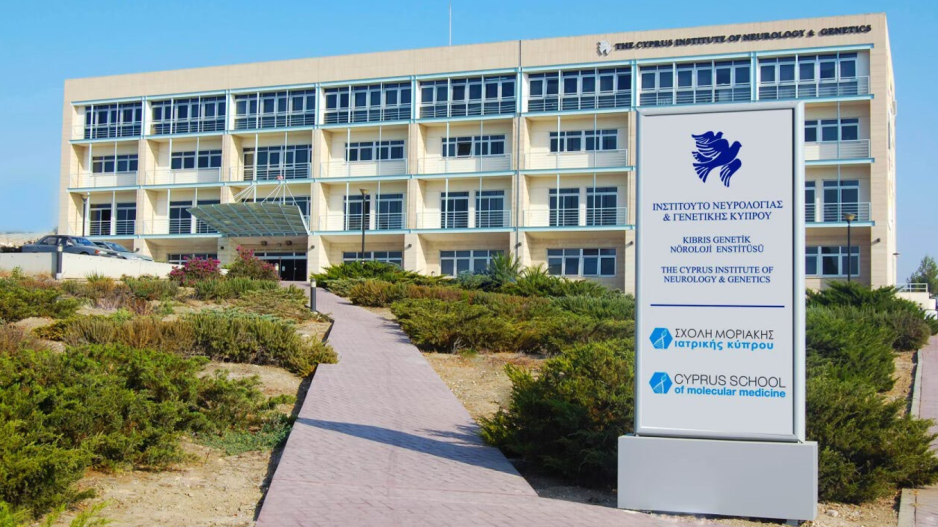CING Advances Research on miRNAs for Chronic Disease Treatment
New miRNA Discoveries Offer Potential in Treating β-Thalassemia, Muscular Dystrophy, and Neuropathy
The Cyprus Institute of Neurology and Genetics (CING) hosts several laboratories dedicated to researching treatments for chronic diseases using microRNAs (miRNAs), according to an official statement.
Through the research of the Department of Molecular Genetics of Thalassemia, new miRNAs that regulate the production of gamma-globulin, a potential treatment for β-hemoglobinopathies, have been identified. These miRNAs could be used as therapeutic agents, either alone or in combination.
Additionally, the Department of Molecular Genetics, Function, and Therapy has discovered muscle-specific miRNAs as blood biomarkers in patients with Myotonic Dystrophy Type 1, which can be used to monitor disease progression.
The Department of Neuroscience, in collaboration with the Nationwide Children’s Hospital laboratory in Ohio, USA, has invented a novel microRNA, miR871. This miRNA has been shown to reduce levels of the PMP22 protein, whose overexpression leads to CMT1A neuropathy.
These are just a few of the research areas at CING expected to contribute positively to the treatment of various complex diseases, according to the statement.
The Cyprus Institute of Neurology and Genetics also highlights the significant scientific breakthrough of discovering microRNA and its role in the post-transcriptional regulation of gene expression. For this discovery, the 2024 Nobel Prize in Medicine was awarded to two American scientists, Victor Ambros and Gary Ruvkun. This discovery opens a new path for treating serious and complex diseases, the statement emphasizes.






